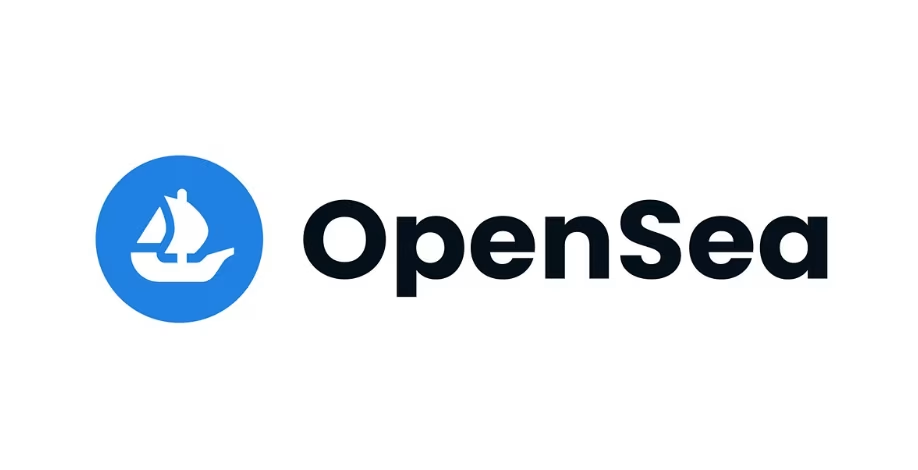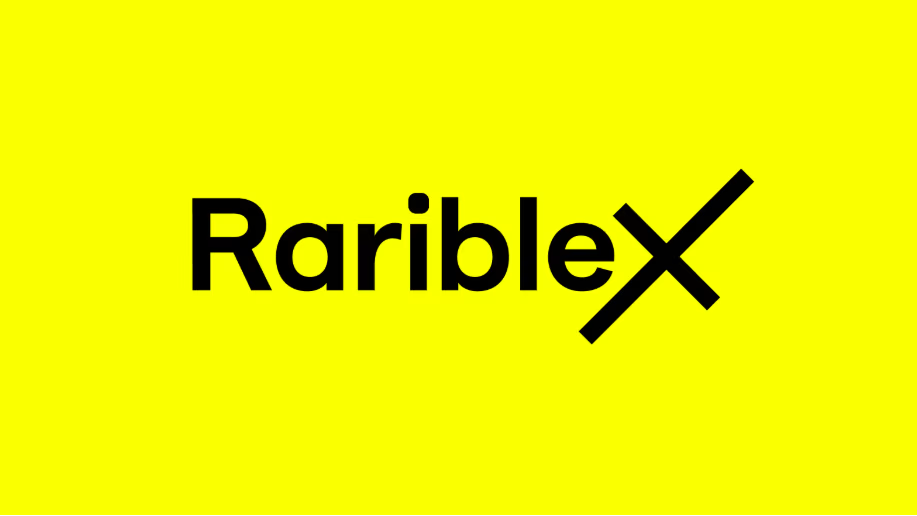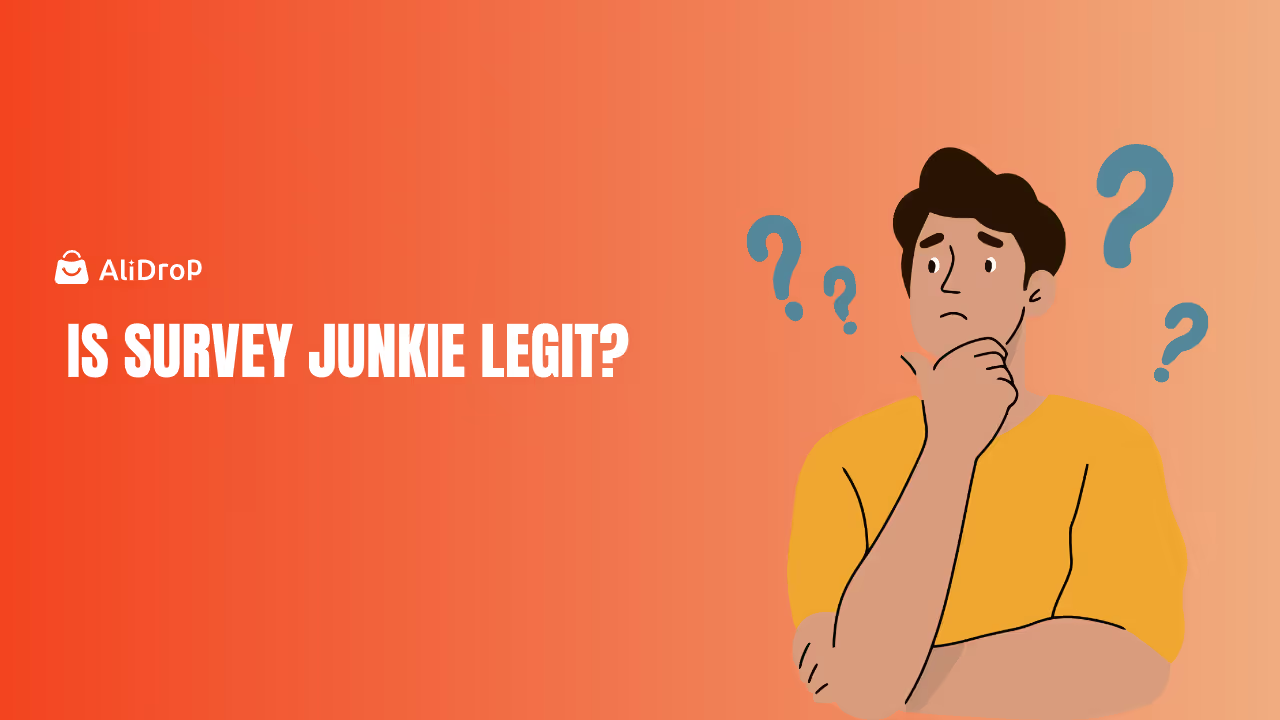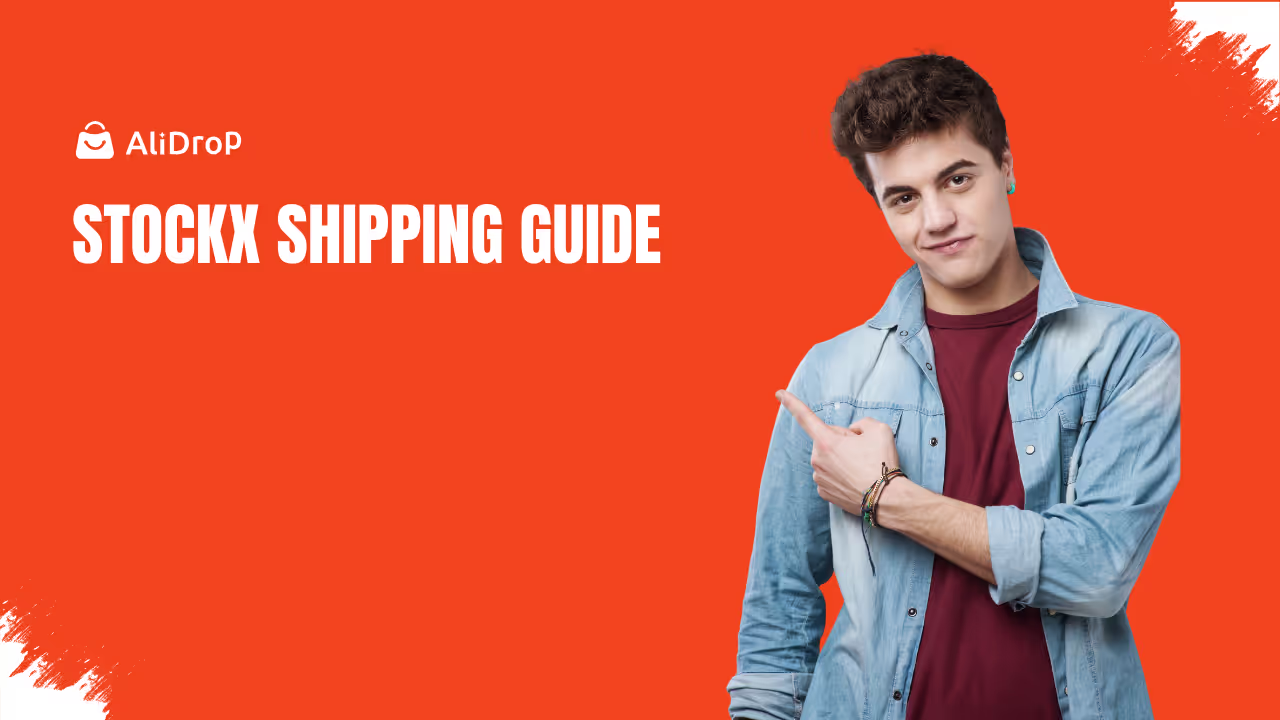Ah, NFTs—Non-Fungible Tokens. They’ve made headlines, launched careers, and allowed digital creators to turn pixels into profit. Whether you’re a digital artist with a new piece of work, a musician looking to sell exclusive music, or just someone curious about the world of NFTs, selling one can be incredibly rewarding. But like any journey, it requires a roadmap.
In this guide, we’ll walk you through the entire process of selling your NFT, from setting up your wallet to creating and listing your masterpiece for the world to see. Plus, we’ll sprinkle in some best practices and promotion tips to make sure your digital art doesn’t just get seen—it gets sold.
Understanding NFTs
Before you jump into the exciting world of selling NFTs, it’s crucial to have a solid understanding of what NFTs actually are. So, let’s break it down:
NFT stands for Non-Fungible Token. The term "Non-Fungible" is key to understanding NFTs. When something is fungible, it means that it can be replaced with something else of equal value. For example, one Bitcoin is the same as another Bitcoin, so they’re interchangeable or fungible. But with Non-Fungible items, each one is unique and can’t be replaced by something of equal value.
In the case of NFTs, each token represents something unique, like digital art, music, videos, virtual goods, or even virtual real estate, and this uniqueness is verified on the blockchain. Think of the blockchain as a giant, secure digital ledger where ownership and transactions are recorded transparently and securely.
Now, let’s explore how NFTs are different from regular assets:
- Digital Ownership: NFTs give you digital ownership of something specific—say, a piece of artwork. Even if someone copies or screenshots the image, they don’t own the original NFT unless they have the token that represents it. This ownership is verified on the blockchain.
- Original vs. Copy: It’s like owning a signed limited-edition print of a famous painting. While anyone can make copies of the painting, only the person who owns the original signed print can claim to have the authentic piece. In the digital world, the NFT is that “signature”—it proves that you own the original.
So, NFTs aren’t just digital files; they are one-of-a-kind digital certificates of ownership, stored on a blockchain, that can’t be replicated, stolen, or copied without losing their unique value.
How NFTs Work
- Blockchain: NFTs are stored on a blockchain, typically Ethereum, though other blockchains like Polygon, Solana, and Flow also support NFTs. The blockchain acts like a secure public ledger that records ownership and transactions, ensuring that the owner of the NFT can be verified.
- Minting: To create an NFT, the digital file (artwork, music, video, etc.) is "minted" into a unique token on the blockchain. This process involves converting the file into a cryptographic asset, which proves that it is a one-of-a-kind item.
- Smart Contracts: NFTs are often governed by smart contracts—automated rules coded into the blockchain. These smart contracts define the terms of the NFT, including ownership, resale rights, and royalties (so creators can earn a percentage every time the NFT changes hands).
- Unique Metadata: Each NFT has metadata (information) linked to it, such as the creator’s details, the creation date, and other important characteristics. This metadata makes each NFT unique and ensures it can’t be swapped for another without changing its value.
Why Are NFTs Valuable?
- Scarcity: Just like physical art, the value of NFTs comes from their rarity. There’s only one original token for a specific piece, and that exclusivity drives demand.
- Proof of Ownership: The blockchain verifies who owns the NFT, making it easier to prove ownership, even in the digital world where content is often easily copied.
- Creator Benefits: NFTs can offer creators an ongoing revenue stream through royalties on secondary sales. Every time the NFT is resold, the original creator gets a percentage.
Example: Imagine a Digital Artwork
Let’s say you create a stunning digital painting. You can mint this artwork as an NFT, which means it’s now a unique, verifiable asset on the blockchain. You list it on a marketplace like OpenSea, where buyers can purchase the NFT. When someone buys it, they now own the original artwork—not a copy, but the verified original, just like owning the signed canvas from a renowned artist.
No one else can sell that exact NFT unless they have it in their wallet. Even if someone screenshots the image or shares it online, they don’t own the original NFT.
Choosing the Right Marketplace
Now, here’s where things get fun. When it comes to selling your NFT, picking the right marketplace is crucial. Think of it as choosing the right platform for your art to be showcased. There are many NFT platforms to choose from, and they each offer different features, fees, and audiences. Let’s explore some of the top choices:
1. OpenSea

OpenSea is the largest and most well-known NFT marketplace, and it supports a wide range of digital assets. Whether you’re selling art, music, or virtual goods, OpenSea provides a massive audience. It operates mainly on the Ethereum blockchain, but it also supports other blockchains like Polygon and Klaytn.
Why OpenSea? It’s simple to use, has a large user base, and the platform supports both auctions and fixed-price sales, making it ideal for both newcomers and experienced sellers.
Pro Tip: When you list an NFT on OpenSea, remember to double-check the listing details. A small error could mean the difference between selling and being stuck with your art forever.
2. Rarible

Rarible is a decentralized marketplace where creators can mint, buy, and sell NFTs. It allows creators to have more control over the platform’s direction by giving them governance tokens. Rarible’s flexibility and decentralized approach appeal to those who value freedom in the NFT space.
Why Rarible? It’s a community-driven platform that offers a more “creator-first” approach, which can help you feel more connected to the platform and its users.
3. NFTify

NFTify is a platform designed for creators who want to sell NFTs directly to their audience without intermediaries. You can easily mint and list NFTs for sale, and it integrates seamlessly with existing websites, making it an excellent option for creators who want more control over their branding and sales.
Why NFTify? If you're looking for more control and want to build a community around your NFT sales, NFTify is perfect.
Setting Up a Digital Wallet
Before diving into the process of selling your NFT, one crucial step is setting up a digital wallet. A digital wallet is essentially your online "purse" that allows you to store and manage both cryptocurrency and NFTs securely. Since NFTs are bought and sold using cryptocurrencies (mainly Ethereum), your wallet will act as the bridge between your NFTs and your earnings from sales.
In simpler terms, it’s where your digital assets are kept safe and accessible. Without a wallet, you won’t be able to list your NFTs for sale, or collect the payments when someone buys them. Let’s break down some of the popular wallets you can choose from:
1. MetaMask
MetaMask is one of the most widely used digital wallets in the NFT space. It’s a browser extension that acts as a bridge between your browser and the Ethereum blockchain, allowing you to manage your Ethereum-based assets (including NFTs) directly from your browser.
Why Choose MetaMask?
- Widely Accepted: MetaMask is compatible with many NFT marketplaces like OpenSea, Rarible, and SuperRare, making it a go-to wallet for many NFT creators and buyers.
- Secure: It uses strong encryption to protect your funds and NFTs.
- Easy to Use: With a simple setup process, you can easily integrate it into your browser and start buying and selling NFTs within minutes.
- Supports Ethereum and Tokens: MetaMask works primarily with Ethereum but also supports other blockchains like Polygon, Binance Smart Chain, and more.
Pro Tip: Always back up your MetaMask recovery phrase safely. This is the only way to recover your wallet if you lose access to your device.
2. Trust Wallet
Trust Wallet is a mobile-first wallet that supports a wide range of cryptocurrencies and NFTs. It’s an ideal choice for users who prefer managing their assets directly from their smartphones.
Why Choose Trust Wallet?
- Multi-Currency Support: Trust Wallet supports a variety of cryptocurrencies, including Ethereum (ETH), Binance Coin (BNB), and other popular altcoins.
- Mobile-Friendly: Since it’s a mobile app, you can manage your NFTs and tokens on the go, making it super convenient for active users.
- NFT Support: Trust Wallet allows you to store, view, and manage your NFTs, making it a great option for anyone selling NFTs on mobile-supported platforms.
Pro Tip: Trust Wallet also offers built-in DApp browsers, allowing you to access and interact with decentralized applications (DApps), including NFT marketplaces directly from the app.
3. Coinbase Wallet
Coinbase Wallet is another beginner-friendly option, particularly for those already using the Coinbase exchange. It’s a standalone wallet that allows users to store Ethereum-based assets and NFTs with ease.
Why Choose Coinbase Wallet?
- User-Friendly: As part of the Coinbase ecosystem, it offers a simple and intuitive interface, making it ideal for beginners who are new to NFTs and cryptocurrency.
- Seamless Coinbase Integration: If you already use Coinbase for buying and selling cryptocurrency, Coinbase Wallet integrates easily with your existing Coinbase account.
- Supports NFTs: It allows you to manage, store, and view your NFTs from supported marketplaces like OpenSea and Rarible.
Pro Tip: While Coinbase Wallet is great for beginners, it’s important to ensure you are managing your private keys and recovery phrases securely, as it’s still a self-custody wallet, meaning you're fully responsible for your assets.
Pro Tip: Ensure Wallet Compatibility
Each NFT marketplace has its own supported wallets, and not all wallets are compatible with every marketplace. For example:
- OpenSea works seamlessly with MetaMask and Coinbase Wallet, both of which are Ethereum-based wallets.
- Rarible, another popular marketplace, supports multiple wallets, including MetaMask, Trust Wallet, and Coinbase Wallet.
Before you choose a wallet, make sure it’s compatible with the marketplace where you plan to list and sell your NFTs. If you’re unsure, check the wallet recommendations on the marketplace’s help pages or FAQs.
Minting Your NFT
Now comes the fun part—minting your NFT. Minting is the process of turning your digital file into an NFT on the blockchain. Here’s how it works:
Step 1: Upload Your Digital File
Choose the file you want to turn into an NFT. This could be anything from a piece of art, a music track, a video, or even a tweet. Make sure your digital file is high-quality and unique, as that’s what makes it valuable.
Step 2: Add Metadata
Metadata is the information about your NFT. This can include:
- Title: Give your NFT a catchy name.
- Description: Write a short, engaging description of your NFT to capture the attention of potential buyers.
- Tags and Properties: Add relevant keywords, tags, or other properties that define your NFT and help it appear in searches.
Step 3: Set Royalties
One of the best features of NFTs is the ability to earn royalties from secondary sales. Set a percentage of the resale price (typically between 5%-10%) that you’ll receive every time your NFT is resold.
Step 4: Pay Minting Fees
Minting NFTs requires paying “gas” fees, which are essentially transaction fees paid to the blockchain network. These fees can vary depending on the network and current traffic, so it’s essential to mint when the fees are low if you're looking to save.
Pro Tip: Some platforms, like OpenSea, offer "lazy minting," allowing you to list your NFT without upfront fees. The NFT gets minted when it’s purchased.
Listing Your NFT for Sale
Once your NFT is minted, it’s time to list it for sale. Most marketplaces offer two main types of sales:
- Fixed Price: You set a specific price for your NFT, and buyers can purchase it immediately at that price.
- Auction: You allow potential buyers to bid on your NFT, which can create excitement and drive up the price.
When listing your NFT, be sure to:
- Set a reasonable price: Consider the demand for similar NFTs in your niche.
- Choose a payment method: Most NFTs are bought using Ethereum (ETH), but some platforms offer payment in other cryptocurrencies or even stablecoins.
Promoting Your NFT
The key to a successful NFT sale is visibility. After listing your NFT, you’ll want to promote it across various platforms. Here are some tips:
- Social Media: Use Twitter, Instagram, and TikTok to showcase your NFT. Join NFT-related hashtags and engage with your community.
- NFT Communities: Join NFT Discord groups and Reddit threads where collectors and creators hang out.
- Collaborations: Partner with other artists or influencers to increase your reach. Cross-promotions can help your NFT gain more exposure.
Pro Tip: Creating a limited edition of your NFT can create scarcity and boost its value. Additionally, offering exclusive perks for early buyers, like a shoutout or free access to your next NFT release, can drive interest.
Managing Your NFT Sales
Once your NFT is live and listed for sale, it’s essential to actively manage the process to maximize your chances of a successful transaction. Selling NFTs is not a set-it-and-forget-it activity; it requires monitoring, engagement, and sometimes adjusting your strategy. Here’s how you can effectively manage your NFT sales:
1. Monitor Offers and Bids
After listing your NFT, you’ll need to keep a close eye on any offers or bids placed by potential buyers. If you’re using an auction format, it’s especially important to track the progress of bidding. You might find that the bids aren’t coming in as expected, or they’re stagnating.
What to Do
- Track bids regularly: Keep an eye on how many bids are being placed and monitor the timing of those bids. Some NFTs may generate interest over time, while others might need a bit more visibility.
- Consider lowering your price: If your NFT is auctioned but there are few bids, it may be helpful to reconsider your pricing strategy. Lowering the price can make your NFT more attractive, especially if there’s limited interest initially. Just be careful not to underprice your work, as it could undervalue the effort and creativity you’ve put into it.
Pro Tip: If your NFT doesn’t attract bids at first, consider promoting it more on social media or within NFT communities to give it an extra push.
2. Engage with Buyers
Engagement is key to building relationships in the NFT space. Responding to potential buyers' messages or inquiries about your NFT can increase the likelihood of a sale. Buyers often want to know more about the story behind the art or its significance, and a thoughtful response can help build trust and excitement around your NFT.
What to Do
- Be responsive: Respond promptly to questions or direct messages from interested buyers. This shows professionalism and enthusiasm for your work, encouraging buyers to take action.
- Tell the story: Many buyers are drawn to NFTs not just because of their uniqueness but also because of the artist's story. Share the inspiration behind your work, what makes it special, or any future plans for more NFTs in the same series. Buyers often want to connect with the creator.
Pro Tip: Build a relationship with your buyers by thanking them for their interest and engaging them in a conversation. This approach can create a loyal fan base that keeps coming back for your future NFT drops.
3. Adjust Pricing or Relist Your NFT
If your NFT has been sitting unsold for a while, it may be time to adjust the price or relist it. Sometimes, the initial price you set may not align with the demand or market conditions, and making adjustments could help make your listing more competitive.
What to Do
- Adjust your price: If there hasn’t been much interest at the set price, consider lowering it slightly. Alternatively, you could test different pricing strategies—such as setting a reserve price in an auction format or offering limited-time discounts to create urgency.
- Relist your NFT: If your NFT has been listed for a while and hasn’t sold, you might want to update your listing with more details, better visuals, or a revised description. You could also change the sale method, such as switching from an auction to a fixed price or offering a buy-now option.
Pro Tip: Stay on top of trends in the NFT market to adjust your pricing strategy accordingly. Prices can fluctuate based on factors like popularity, artist reputation, and demand for the specific type of NFT you're selling.
Conclusion
Selling NFTs is an exciting and potentially profitable venture for creators of all types. By following the steps outlined in this guide, you can successfully mint, list, and sell your NFT. Whether you're a digital artist, musician, or entrepreneur, the NFT market offers incredible opportunities for monetizing your digital creations.
Remember, success in the NFT market doesn’t happen overnight. Building a reputation, engaging with the community, and promoting your work are key to making your NFT sales thrive. So go ahead, start creating, and dive into the world of NFTs—you never know where it might take you.
FAQs about Sell an NFT
What do I need to sell an NFT?
To sell an NFT, you need a few key things: a digital wallet to store your NFTs and manage transactions, an NFT marketplace where you can list your NFTs for sale (such as OpenSea, Rarible, or NFTify), and your NFT file, whether it's a digital artwork, music, video, or another type of media. You’ll also need to mint your NFT, which means turning your digital asset into a unique token on the blockchain, and then set the price for your sale.
How do I set the price for my NFT?
Pricing your NFT can be a bit tricky, as it’s influenced by factors like rarity, demand, and the creator’s reputation. You can choose to set a fixed price or list it for auction. If you’re unsure about the price, start by researching similar NFTs and how they are priced. Also, consider offering a royalty percentage (typically 5-10%) for secondary sales, ensuring you earn from resales of your NFT in the future.
How can I promote my NFT for sale?
Promoting your NFT is crucial for reaching potential buyers. You can promote it on social media platforms like Twitter, Instagram, and TikTok, where many NFT creators and collectors gather. Joining NFT communities on Discord or Reddit is another great way to share your NFT and engage with potential buyers. Collaborating with influencers or other creators can also help increase visibility.
What are the fees associated with selling an NFT?
When you sell an NFT, you’ll typically face two main types of fees: minting fees (also known as "gas fees") for creating your NFT on the blockchain, and marketplace fees, which are taken by the platform where you list your NFT. These fees can vary depending on the blockchain and platform used. For instance, Ethereum-based NFTs can have higher gas fees due to network congestion, but other blockchains like Polygon or Solana offer lower fees.
How do I track and manage my NFT sales?
Once your NFT is listed, you’ll need to keep track of offers, bids, and sales activity. Most NFT marketplaces provide dashboards where you can monitor your listings, see how many views your NFTs have received, and track any bids or offers placed. After your NFT is sold, you’ll receive payment in cryptocurrency, and you can manage your earnings in your wallet. Remember to engage with potential buyers and respond to inquiries, as this can help improve the chances of making a sale.






















